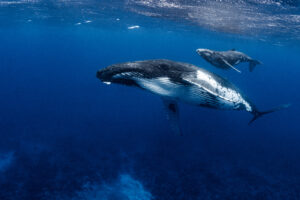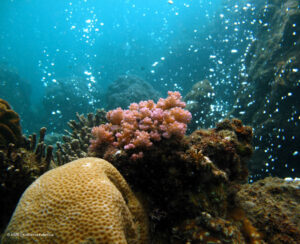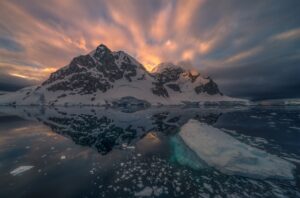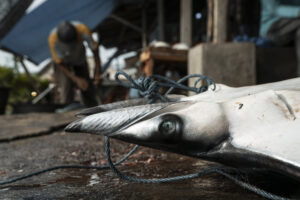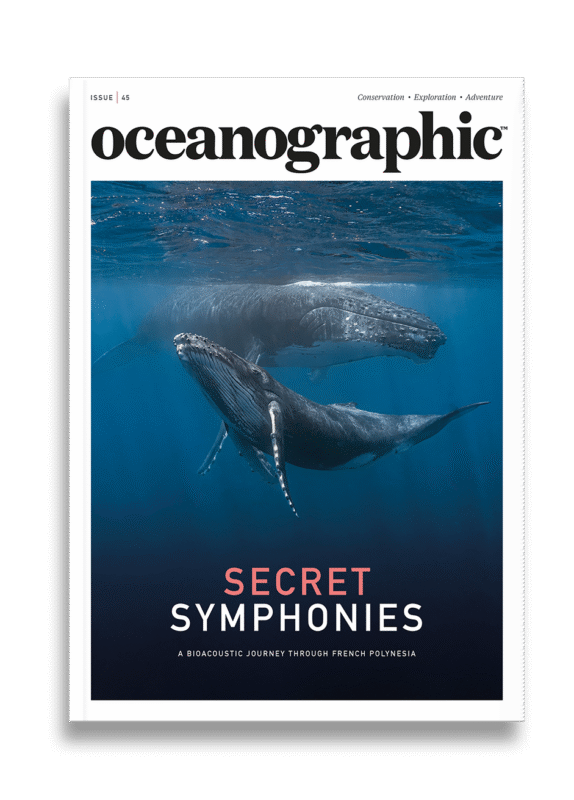Mauritius' vision for vast Marine Protected Area in Chagos Islands
Scientific guidance and community-centred insights - many of which have emerged from Stanford University research - are now helping to shape a protection plan that brings ecological understanding in line with traditional practices and small-scale subsistence fishing.
Plans to establish one of the planet’s largest marine protected areas are taking shape in the central Indian Ocean, where Mauritius is preparing for the potential return of the long-disputed Chagos Archipelago. It’s a move that marks a pivotal step toward both ecological stewardship and the sustainable resettlement of the Chagossian people.
In early November 2025, the Mauritian government signalled its intent to uphold a sweeping ban on commercial fishing across a vast ocean expanse larger than France, pending final resolution of sovereignty negotiations with the United Kingdom.
Scientific guidance and community-centred insights – many of which have emerged from Stanford University research – are now helping to shape a protection plan that brings ecological understanding in line with traditional practices and small-scale subsistence fishing.
“Thus far, cultural dimensions in sovereignty discussions have been framed chiefly through human rights, which remain essential,” said Krish Seetah, associate professor of environmental social sciences and of oceans at the Stanford Doerr School of Sustainability. “But now we have an opportunity to effectively use science to bring Chagossian knowledge and regional heritage into ocean governance for this marine protected area.”
For a long time, the Chagos Archipelago has sat at the centre of a geopolitical stalemate. After granting independence to Mauritius in 1968, the UK retained control of the islands and removed the Chagossian community. International pressure mounted for decades, culminating in a UN tribunal decision that Britain had unlawfully stripped Mauritius of fishing rights when it established an earlier MPA in the region.
Last year, Britain agreed in principle to return sovereignty of the islands while retaining a joint UK-US military base on Diego Garcia. But the timeline has been delayed by political debate and concerns among some scientists over the ecological implications of the handover.
Mauritius – partnering closely with the Zoological Society of London and other international groups – initiated the development of a marine resource management plan and sought deeper engagement with experts who could help bridge heritage, science, and policy.

Backed by a 2024 grant from Stanford’s Big Ideas for Oceans program, Krish Seetah – an academic with a longstanding work history in Mauritius through the Mauritian Archaeology and Cultural Heritage Project – now leads a working group uniting displaced Chagossian community members with an international consortium of scientists, policymakers, and legal scholars.
Co-principal investigator Rob Dunbar, a Stanford professor of oceans and of Earth system science, has also contributed decades of climate research to help inform strategies for safeguarding vulnerable ecosystems amid repatriation.
Insights from recent exchanges at the 2025 Stanford Oceans Conference and other think tanks are now informing Mauritius’s blueprint for the Chagos Archipelago Marine Protected Area (CAMPA) – a governance model that places cultural heritage alongside ecological conservation.
The proposed MPA will be organised into four zones, including one dedicated to community resettlement and another permitting fishing under tightly managed artisanal, ceremonial, and subsistence quotas.
“Stanford has offered a space where colleagues from different disciplines, alongside government and NGO partners, can collaborate freely and neutrally,” Seetah said. “This work is academic, yes, but it’s also in service of the Chagossian community and the government of Mauritius. There’s a sense of purpose here – of research conducted for the greater good.”
If implemented as envisioned, CAMPA could redefine how large-scale MPAs are designed, rooting ocean conservation in both science and the heritage of the people most connected to the sea.


"*" indicates required fields
Printed editions
Current issue
Back issues

Back Issues
Issue 43 Sir David Attenborough’s ‘Ocean’

Back Issues
Issue 41 Holdfast to the canopy
Enjoy so much more from Oceanographic Magazine by becoming a subscriber.
A range of subscription options are available.

